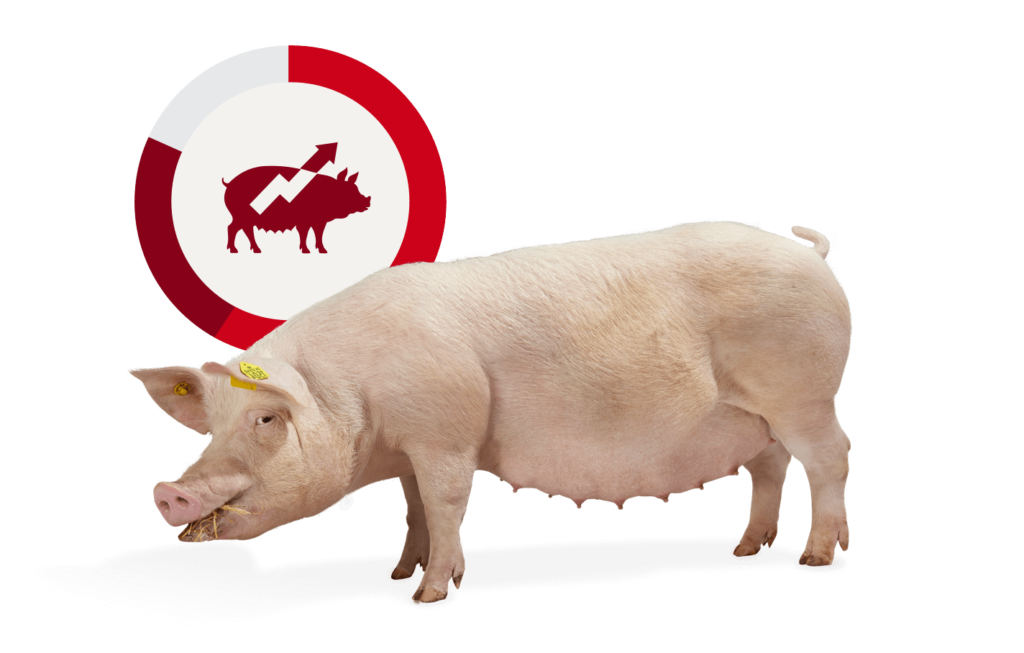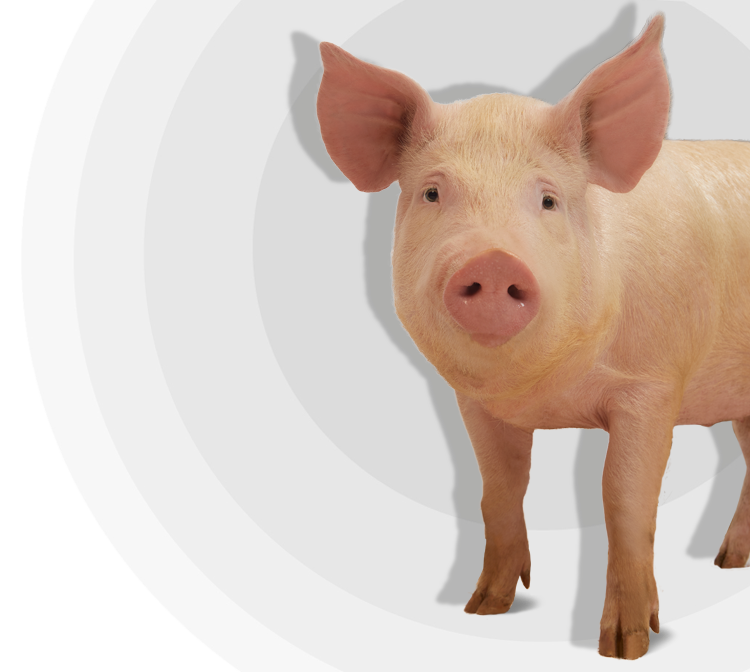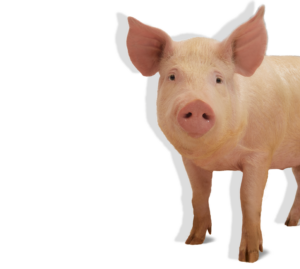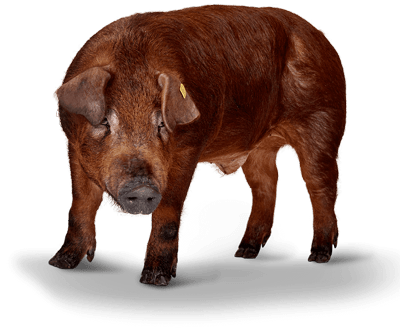Sophisticated data-based model protects the breeding programme from chromosomal defects
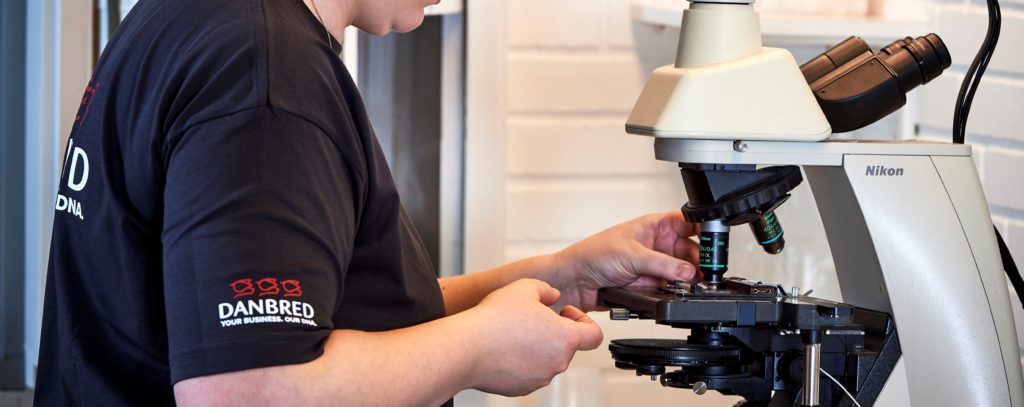
During the formation of egg and sperm cells, or the separation of chromosomes immediately after conception, errors might occur This applies to humans as well as pigs. Such errors might influence fertility. Thus, the Danish Pig Research Centre (DPRC) has developed and implemented a sophisticated data-based model in the DanBred Breeding Programme to minimise the […]
Danish Feeding Strategy Works for all Genotypes
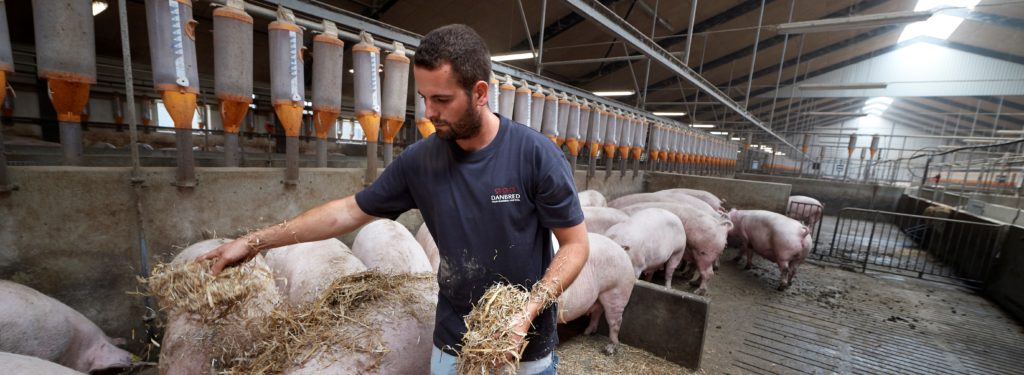
Did you know that by following a Danish feeding strategy, both the litter size and the number of born alive piglets can be significantly increased without additional feed costs regardless of genotype? In late 2019 a study conducted by Zhou et al. confirmed that the Danish feeding system could significantly increase the litter size and […]
Feeding gilts during the rearing period
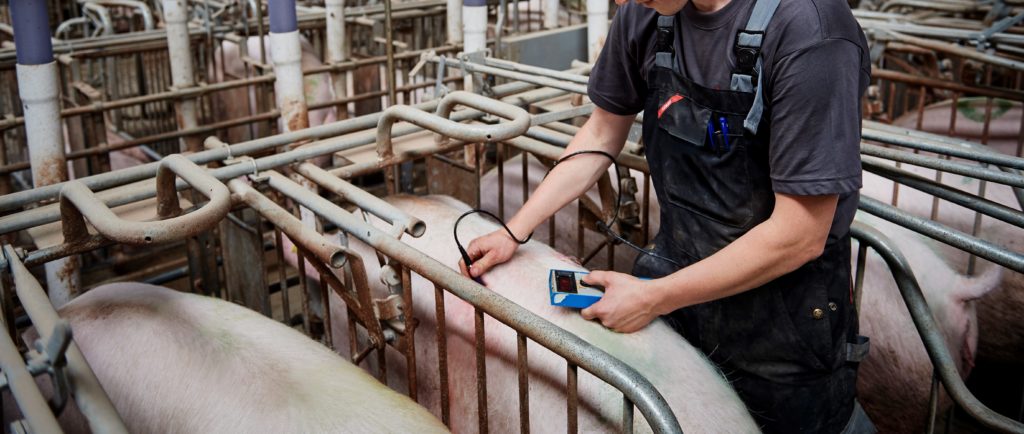
By Thomas Sønderby Bruun Senior Specialist, SEGES Danish Pig Research Centre Abstract Feeding the rearing gilt is the key to longevity and prolificacy. DanBred Hybrid gilts should have at least 12 mm of backfat and a weight of 140–155 kg at first service. Feeding the rearing gilts according to the recommended feeding curve and […]
Ensuring optimal health – gilt introduction
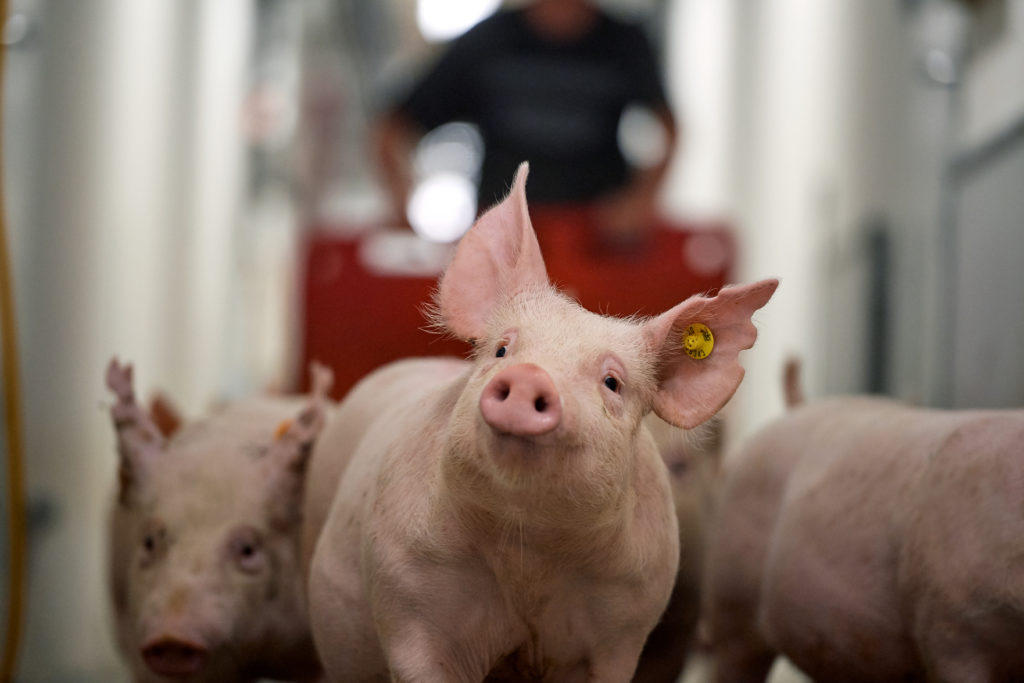
By Lola Kathe Tolstrup, Senior consultant, DVM, PhD, SEGES Danish Pig Research Center, Livestock Innovation. Abstract Gilts introduced in the sow herd must preferably have the same or higher health status as the sow population, to which they are being introduced. This is to ensure a match of the immune system capacity in the […]
Breeding for robustness in pigs: Longevity
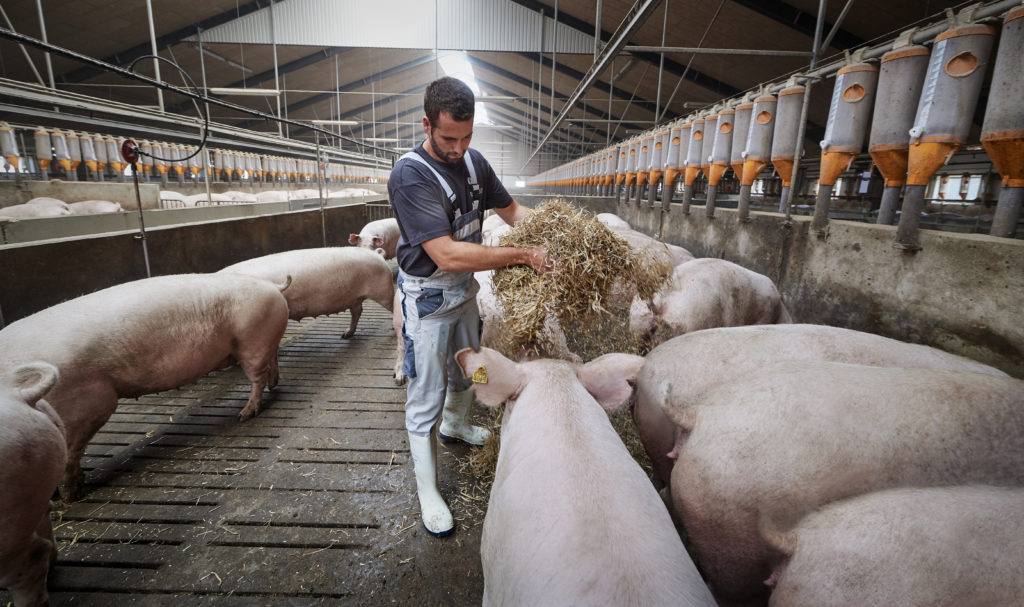
This is the second of two articles on breeding for robustness in pigs. This article focuses on sow longevity. The first article covered conformation. by Lizette Vestergaard Pedersen, Consultant and Bjarne Nielsen, Chief Scientist, Danish Pig Research Centre. Robust pigs are healthier, stronger, more resistant to changes in their environment and maintain a high productivity. […]
Flushing gilts initiated 5-7 days before service in second heat increases litter size
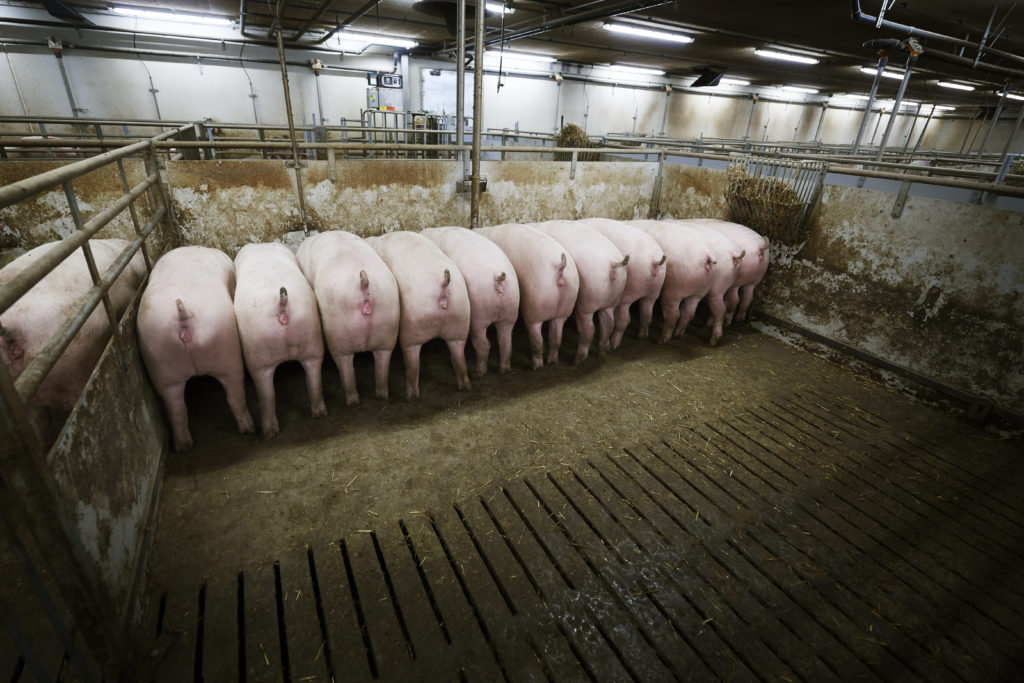
By Thomas Sønderby Bruun, Senior Specialist, SEGES Danish Pig Research Centre Abstract: Maximizing litter size in first parity is of outmost interest to optimize herd productivity. Boar exposure should be used strategically at the right gilt age and weigt to induce first heat. This allows the staff to plan the time for first service in […]

